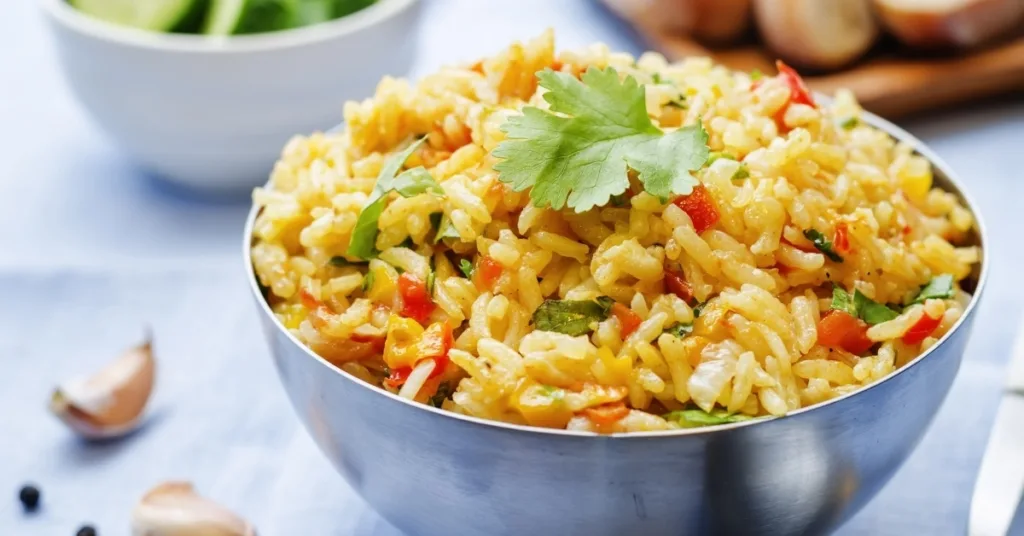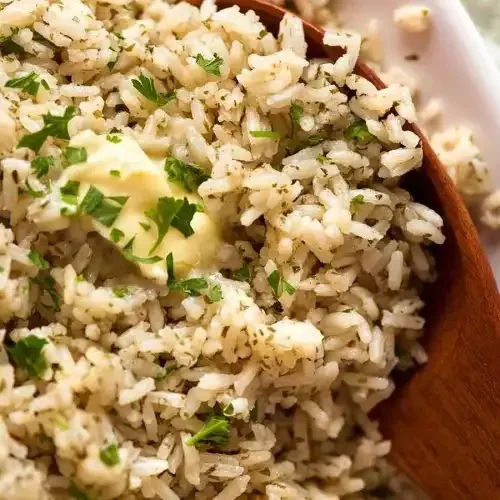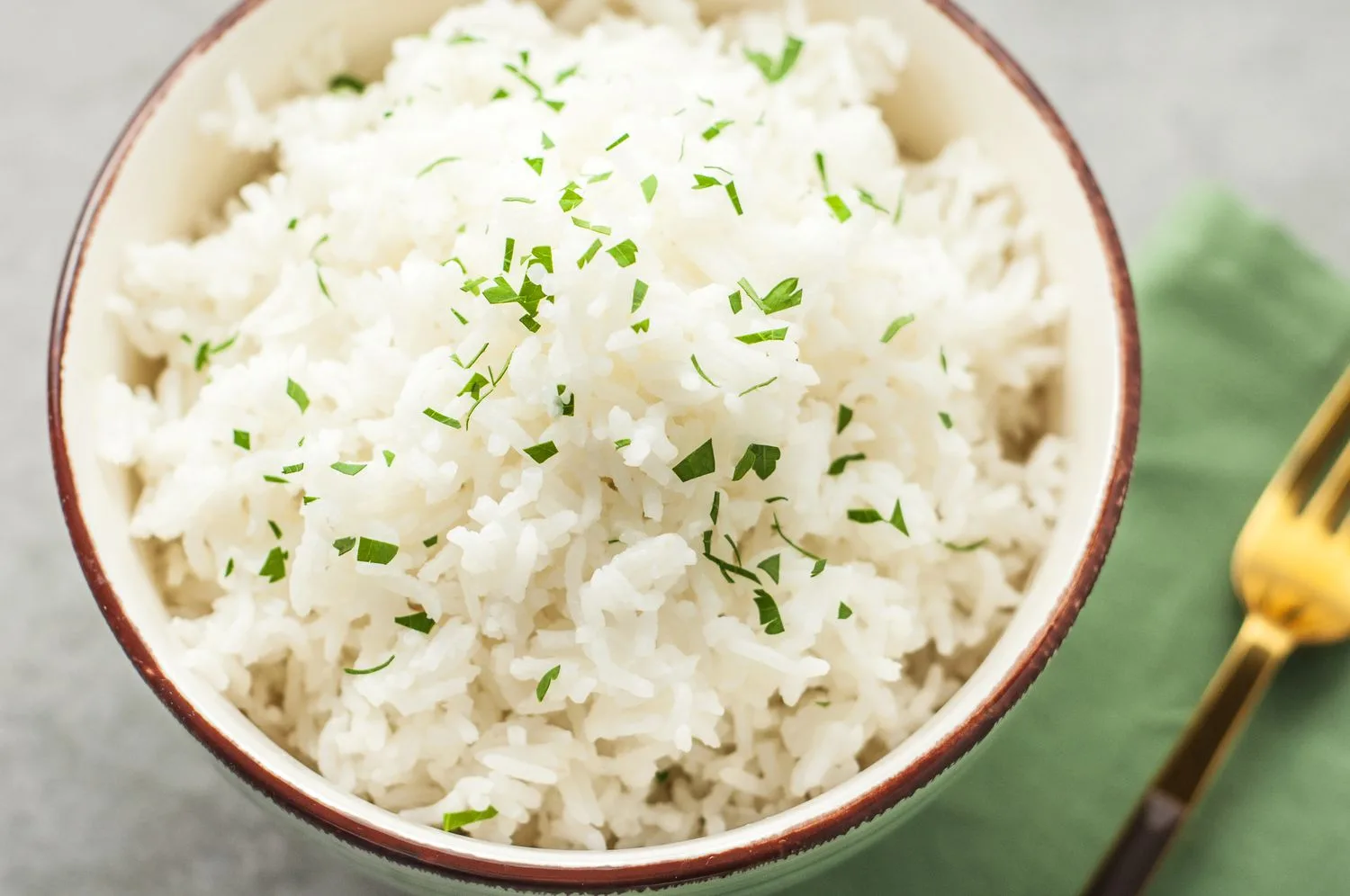Rice is a staple food for countless individuals worldwide, and its potential impact on weight management has stirred both acclaim as well as skepticism. To navigate the intricate relationship between rice and weight loss, one must recognize that not all rice varieties are created equal. This article delves into the advantages of incorporating rice into a weight loss regimen as well as spotlights the most beneficial rice options to aid in your pursuit of shedding those extra pounds.

The Role of Rice in Your Weight Loss Journey
Rice plays a pivotal role in weight loss when integrated into a balanced and health-conscious diet. While it has garnered criticism for its high-carb content, rice could be a valuable asset in your weight loss journey when you make informed choices. Opting for brown rice over white is a wise decision as it retains essential nutrients and fiber, promoting a sense of fullness as well as steady blood sugar levels. This fiber content can also curb overeating tendencies and prevent sudden hunger pangs.
Moreover, rice boasts versatility, allowing it to complement various lean proteins, vegetables, and healthy fats, creating satisfying as well as nutrient-rich meals. Responsible consumption of rice, coupled with a well-rounded diet and an active lifestyle, could enhance your efforts to achieve as well as maintain a healthy weight.

Choosing the Optimal Rice Varieties for Weight Loss
When striving to prevent obesity and make conscientious dietary choices, selecting the right rice varieties can make a significant difference. Four rice types particularly commendable for their weight loss benefits are:
Brown Rice
Brown rice, a whole grain, retains its bran and germ, making it a nutritional powerhouse. Rich in fiber, it fosters a lasting sense of fullness, aids digestion, as well as regulates blood sugar levels, all of which are conducive to weight management.
Bamboo Rice
Bamboo rice, a unique short-grain variant infused with bamboo juice, boasts a low glycemic index, preventing abrupt spikes in blood sugar levels as well as curbing overeating tendencies.
Black Rice
Black rice, often referred to as “forbidden rice,” is packed with antioxidants, particularly anthocyanins, which contribute to reduced inflammation as well as protection against free radicals. Including black rice in your diet might support overall health and potentially facilitate weight loss.
Red Rice
Red rice, like black rice, derives its color from anthocyanin antioxidants, offering immune system benefits as well as protection against free radicals. It’s also rich in manganese, promoting bone health as well as aiding in carbohydrate and fat metabolism.

Unlocking the Health Benefits of Different Rice Types
Different rice varieties offer distinct health benefits that could enhance your overall well-being. Brown rice, for instance, is a whole grain that retains its bran and germ layers, elevating its fiber, vitamin, as well as mineral content. This contributes to better digestive health, stable blood sugar levels, as well as sustained energy release.
Bamboo rice stands out for its phenolic compound-rich content, combating oxidative stress and maintaining blood sugar levels. Black rice, with its abundance of anthocyanin pigments, supports heart health as well as reduces the risk of chronic illnesses. Red rice, too, provides vital antioxidants, bolstering the immune system as well as supporting bone health.
Cooking Rice for Optimal Nutrient Retention
To harness the nutritional benefits of rice effectively, understanding the proper cooking techniques is crucial. Utilize whole-grain options such as brown rice, which are richer in nutrients and fiber. Before cooking, ensure a thorough rinse to eliminate excess starch as well as contaminants.
Adopt the absorption method when cooking rice, maintaining the right water-to-rice ratio. Boil the water before reducing the heat as well as covering the pot, allowing the rice to absorb water gradually as well as preserve vital vitamins and minerals. Avoid overcooking, as it may lead to nutrient loss, as well as fluff the rice gently with a fork after cooking to prevent nutrient breakdown.
Pairing rice with vegetables, lean proteins, as well as healthy fats enhances its nutritional value while adding flavor and texture to your meals. This balanced approach ensures you receive essential nutrients while effectively managing your weight.
Incorporating Rice into Your Diet for Weight Management
Amidst the influx of fad diets as well as weight-loss trends, incorporating rice into your daily meals presents a straightforward as well as effective strategy to prevent obesity. Rice, a dietary staple across the globe, offers numerous benefits for weight loss and overall well-being.
Rice’s low-calorie nature promotes a feeling of fullness, making it an ideal choice for those striving to maintain their ideal weight through portion control. Its slow energy release prevents blood sugar spikes, curbing hunger for extended periods as well as averting overindulgence.
Rice’s low-fat content, absence of cholesterol, as well as low sodium chloride content, contribute to heart health as well as reduce the risk of cardiovascular diseases linked to obesity. Rich in vitamins and minerals, rice supports metabolism as well as overall health, making it an ideal choice for individuals with gluten intolerance.
When incorporating rice into your diet, opt for healthier varieties like brown or wild rice, as they retain essential nutrients and fiber. Pair rice with a variety of vegetables, lean proteins, as well as healthy fats to amplify its nutritional value as well as bolster your weight management endeavors.

How Much Rice Should You Consume Daily for Weight Loss?
While rice may be a helpful addition to a healthy weight-loss diet, it must be consumed in moderation and with care when paired with healthy meals. Depending on various personal circumstances, there are different optimum daily rice intakes. These might include calorie requirements, amount of exercise, and weight control objectives.
As a general guideline, aim to control portions by consuming no more than 1/2 to 1 cup of cooked rice every meal. Pick healthier rice kinds that offer more nutrients and fiber for sustained enjoyment, such as brown or wild rice.
It is essential to keep in mind that weight loss calls for a thorough plan. It could comprise a nutritious diet that is well-balanced and full of things like fruits, lean meats, vegetables, and healthy fats. Regular exercise as part of the routine may also aid with weight loss objectives.
Consult a qualified nutritionist or healthcare professional for individualized advice on portion sizes and a customized nutrition plan. They could provide knowledgeable counsel catered to your unique requirements. This strategy guarantees both a safe and successful path toward your weight loss objectives.
In Conclusion
Contrary to popular belief, rice may play an important role in your weight reduction journey if chosen carefully. By choosing the right rice kinds, such as brown rice, basmati rice, black rice, and red rice, you may enjoy tasty as well as healthy meals while working toward your weight loss objectives. Accept rice as part of your overall weight reduction approach to gain the advantages of this versatile and pleasant grain. Your feedback matters. Get in touch with us!
Thank you for reading this post, don't forget to subscribe to our free newsletter
!
